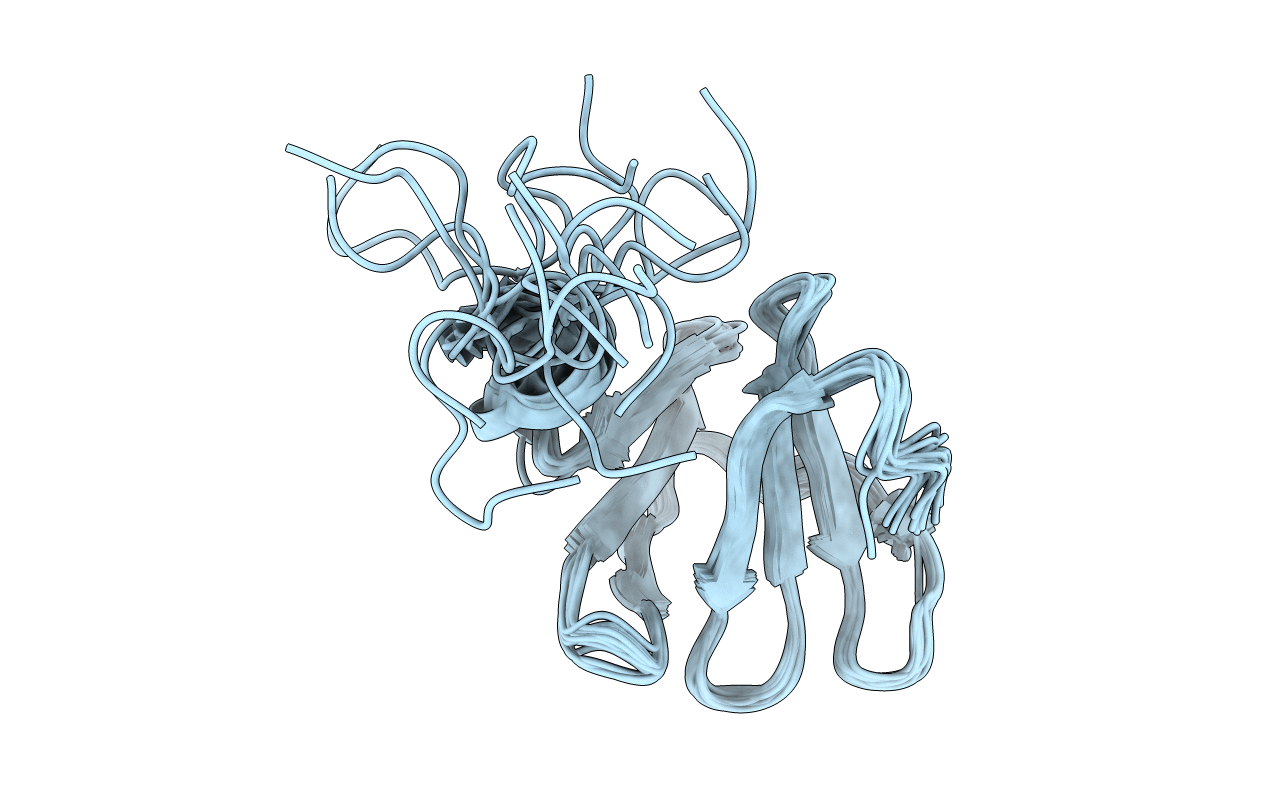
Deposition Date
2008-02-12
Release Date
2008-05-27
Last Version Date
2024-05-29
Entry Detail
PDB ID:
2K0Q
Keywords:
Title:
Solution structure of CopK, a periplasmic protein involved in copper resistance in Cupriavidus metallidurans CH34
Biological Source:
Source Organism:
CUPRIAVIDUS METALLIDURANS (Taxon ID: )
Host Organism:
Method Details:
Experimental Method:
Conformers Calculated:
1000
Conformers Submitted:
20
Selection Criteria:
structures with the lowest energy


